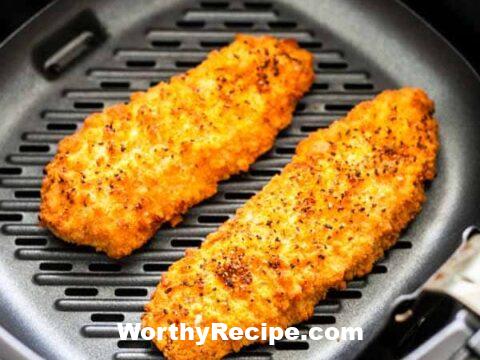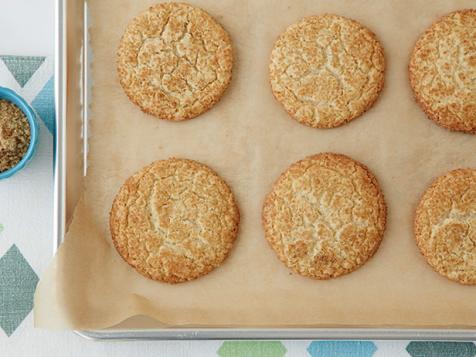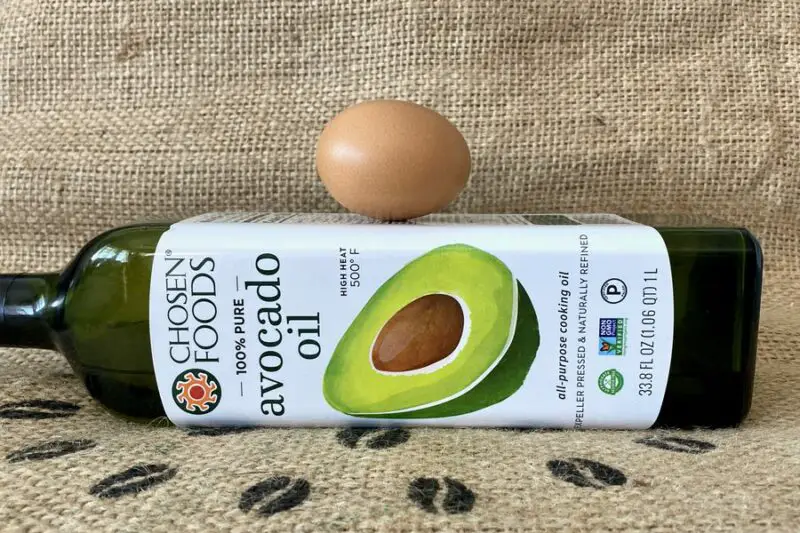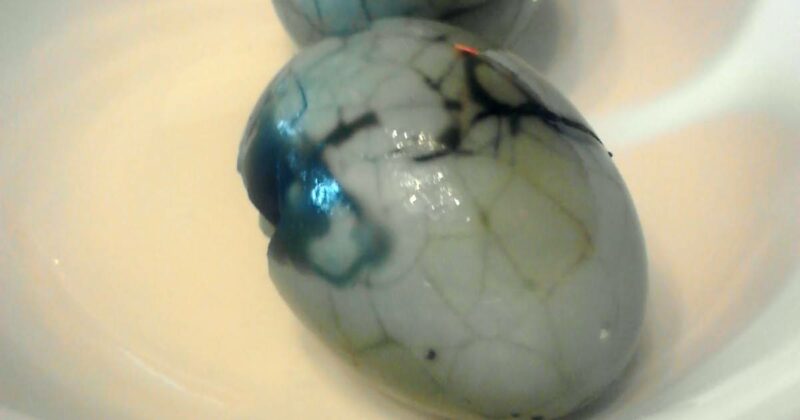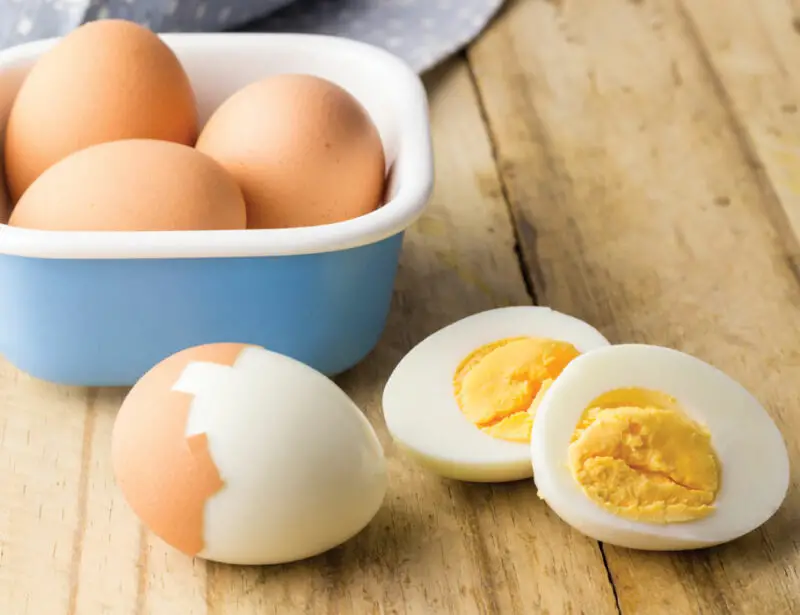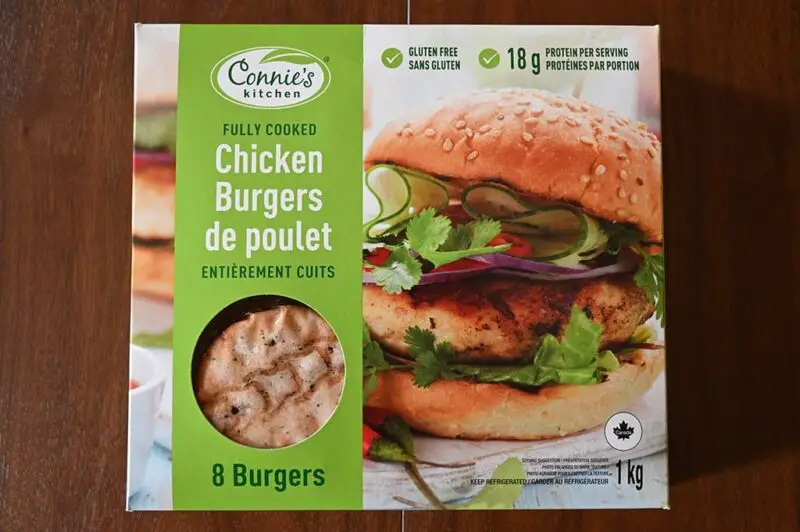How to Cook Frozen Breaded Fish
If you are looking for an affordable, healthy, and delicious meal option, frozen breaded fish can be a great choice. With just a few simple steps, you can have a tasty dinner on the table in no time. In this article, we will take a closer look at how to cook frozen breaded fish, offering different cooking options to suit your needs.
Introduction
Frozen breaded fish is exactly what it sounds like – fish that has been breaded and then frozen for later use. This is an incredibly popular food item because it is quick and easy to prepare, requires little effort, and can taste great too. Whether you’re looking to whip up a quick dinner or create a fancier meal for guests, frozen breaded fish can be an excellent go-to choice.
Before we get started on the specifics of how to cook frozen breaded fish, it’s important to understand why it matters. Cooking it properly not only ensures that you get the best flavor and texture possible but also ensures safe consumption by killing any harmful bacteria that may be present.
The cooking process for frozen breaded fish involves choosing the right type of fish, preparing it properly, selecting the right cooking method. Here’s what you need to know:
Choosing the Right Fish
Tips for selecting the best frozen breaded fish:
- Check the label: Look for high-quality brands that use real fish fillets rather than minced or processed fish meat.
- Expiration date: Check the packaging for the expiration date and purchase within this timeframe for freshest quality.
- Frozen vs Fresh: Frozen Breaded Fish can actually be of good quality than fresh fillets since they undergo freezing immediately after being caught to preserve freshness.
- Type of fish: Common types of fish used for breaded frozen fillets include tilapia, cod, haddock, and salmon.
- Ask the staff: Check with your grocer or the store’s staff if there are better recommendations for you
Difference in quality between frozen and fresh:
- Frozen: Breading is done immediately after fish is caught-> freeze it -> less time for degradation-> best quality can be obtained when stored and cooked properly
- Fresh: Fish doesn’t always meet the optimum standards and can get spoilt quicker if not stored well
Health benefits/ plus potential risks:
A couple of pointers on everything health:
- High Protein Contents : Breaded fish retains its high protein composition even after freezing and has added benefit of added fiber from breading
- Diet-friendly but Keep Everything in Moderation: Nutritional values are based mostly on the choice of breading, chosen cooking method, and serving portions. To enjoy fish without consuming too many calories, consider swapping out fries or starchy sides for more vegetables.
- Cooking Temperature : Fish Fillets should reach an internal temperature of 145°F before consumed to avoid any bacteria growth that can lead to food poisoning.
Preparing to Cook
The initial steps in preparing the frozen breaded fish involves selecting the right tools and equipment needed for your chosen cooking method. The common ones being oven/microwave/toaster oven or Fryer as follows:
Oven Cooking
- Oven temperature:
- For Non-Convection models, Preheat to 425°F and adjust to dietary preferences based on recipe guidelines.
- For convection models, Preheat to 375°F-400°F
- Baking Sheet:
- Parchment paper or aluminium foil can be used to avoid stickiness or mess.
- A light coat of cooking spray or oil can also help achieve crunchy, crispy results.
- Thermometer: This is helpful while baking as it is the only way to ensure that the fish fillet has cooked completely at the right temperature of 145°F.
Toaster Oven Cooking
- In choosing a toaster oven with its given capacity, consider your serving size, quantity meal portions and personal needs/ preferences. These ovens have a smaller quantity threshold than regular ovens
- The best temperature range for toaster ovens tends to be 375°F-400°F for optimal results.
- Preparation regarding placement in toaster depends on model, refer to instruction manual.
- To achieve an evenly cooked fish in a toaster oven, it may be necessary to flip and rotate each fillet halfway through the cooking process.
Microwave Cooking
- Microwaving time usuall ranges between 4-7 minutes (depending on wattage), and everything else concerning the fish preparation steps remain mostly similar.
- To keep the fish crispy even while cooking in the microwave, pat dry excess moisture beforehand -, cover it with a damp paper towel or napkin.
Note: Microwave might not yield as crispy outcomes as compared with oven or fryer methods. However, it does save time whenever you’re in a hurry.
Frying
- Fryer temperature:
- The ideal frying temperature for frozen breaded fish should range from 350°F to 375°F.
- Using a digital thermometer is recommended while frying for best results
- Cooking time:
- This depends on the size of your fillet or serving size, refer to package instructions for accurate timing related recommendations.
- Flip halfway through cooking for even heat distribution and color.
- Cooking surface:
- Fry basket or frying pan can be used to prevent over folding and stickiness from broken off breading portions.Using a batter-like mixture can also add additional flavor and texture to the fillet.
Note: Entire fish must be immersed in oil at one time to prevent improper cooking and ensure an even crispness throughout each fillet.
- Oil management:
Note: Oil from the deep fryer should always be recycled and stored properly because it needs to cool before storing into paper bags shown large buildup of residual.
?
Cooking methods make taste amazing but sharing safe consumption tips matters too.
Ensuring Safe Consumption
When cooking frozen breaded fish, it is essential to ensure that it is safely prepared and consumed. Here are a few techniques to check:
- Tip Test: After the estimated cooking time for your preferred method has passed, gently press down on the fillet to test its firmness. If it springs back quickly, it is likely cooked through.
- Coloring: Breading should be golden brown in color. This serves as a visual indicator of how well done the fillet is.
- Cooking Time: Review package instructions or recipe guidelines before preparing to get accurate timing suggestions for each fish type and serving size. To avoid improper cooking, take into consideration if cooking more than one fillet at a time and adjust accordingly.
- Thermometer: Using a digital thermometer can also be helpful in ensuring that the fillet reaches an internal temperature of 145°F or higher.
- Bacteria growth: In case you’re not sure whether or not the fish fillet has gone bad, these are some signs to look for:
- Foul/odor smell
- Dull texture involving cracking or dryness
- Mold/Bacterial Growth = In this case don’t try to cook or eat the fish instead dispose of it properly
- Sides: fries, mashed potatoes, rice, baked potatoes or couscous etc
- A salad made up of mixed greens, carrots and cucumbers or grilled vegetables like asparagus.
- Dipping sauces: ketchup, honey mustard sauce, tartar sauce mayonnaise etc…
- Preparing fish as tacos with bell peppers or mixing them with a salad
- Light butter herb seasoning can make things standout,
- Cheese and tomato marinara sauce makes an excellent sandwich meat topping
- Breading breadcrumb texture can also be tweaked by mixing Sesame Seeds in It.
Serving Suggestions
Breaded Fish can be paired with numerous sides based on dietary restrictions or preferences like dipping sauce, tartar sauce, lemon wedges among many. Nutrient-rich vegetables are also great options that can improve the overall health benefits of the dish. Here are some ideas to get you started:
Accompaniments:
Here are more creative selections to change things up:
Dressing Up Frozen Breaded Fish for Dinner Party :
Final Thoughts
Cooking frozen breaded fish can be easy, healthy, and delicious if you follow the steps outlined in this article. By taking the time to select the right type of fish, choosing your tools properly, preparing it correctly, checking for doneness during cooking, observing safe consumption practices and trying out new recipes, you’ll have plenty of options to enjoy different tastes that suit your preferences.
To make meal prep even easier and fun, experiment with the varying types of breading for diverse varieties than plain,, add seasoning twists to egg wash dips that are quick and easy to prepare but still deliver nutrient-packed flavors and crunchiness.
Frequently Asked Questions
#### How does one achieve a crispy crust when cooking frozen breaded fish?
Achieving a perfect crispy crust on frozen breaded fish requires the right oven temperature, baking time, and placing the fish directly on the oven rack. Preheat the oven to 425°F, and place the fish on a lightly greased oven rack. Bake for 20-25 minutes, depending on the thickness of the fish. The result? An irresistible crispy crust that is sure to impress your family and friends.
#### Can I deep fry frozen breaded fish?
Yes, you can absolutely deep fry frozen breaded fish! Heat up vegetable oil in a deep pot until it reaches 350°F-375°F. Add the fish to the oil and fry for 4-6 minutes or until golden brown. Remember not to overcrowd the pot with too many pieces of fish as it will lower the temperature of the oil. Ensure that the fish is completely defrosted before frying to avoid oil splatters.
#### Can I cook frozen breaded fish in a Microwave?
Although possible, we do not recommend cooking frozen breaded fish in a microwave as it will most likely end up soggy instead of crispy. Instead, opt for baking or pan-frying methods for best results.
#### Do I need to thaw frozen breaded fish before cooking it?
Thawing frozen breaded fish before cooking it is not necessary. In fact, keeping it frozen while you cook ensures that it stays firm and holds its shape well during cooking—especially essential when using a baking method like broiling or microwaving where there’s no direct heat source underneath. Just remember to add an extra few minutes of cooking time if you plan to cook your frozen breaded fish from frozen.
